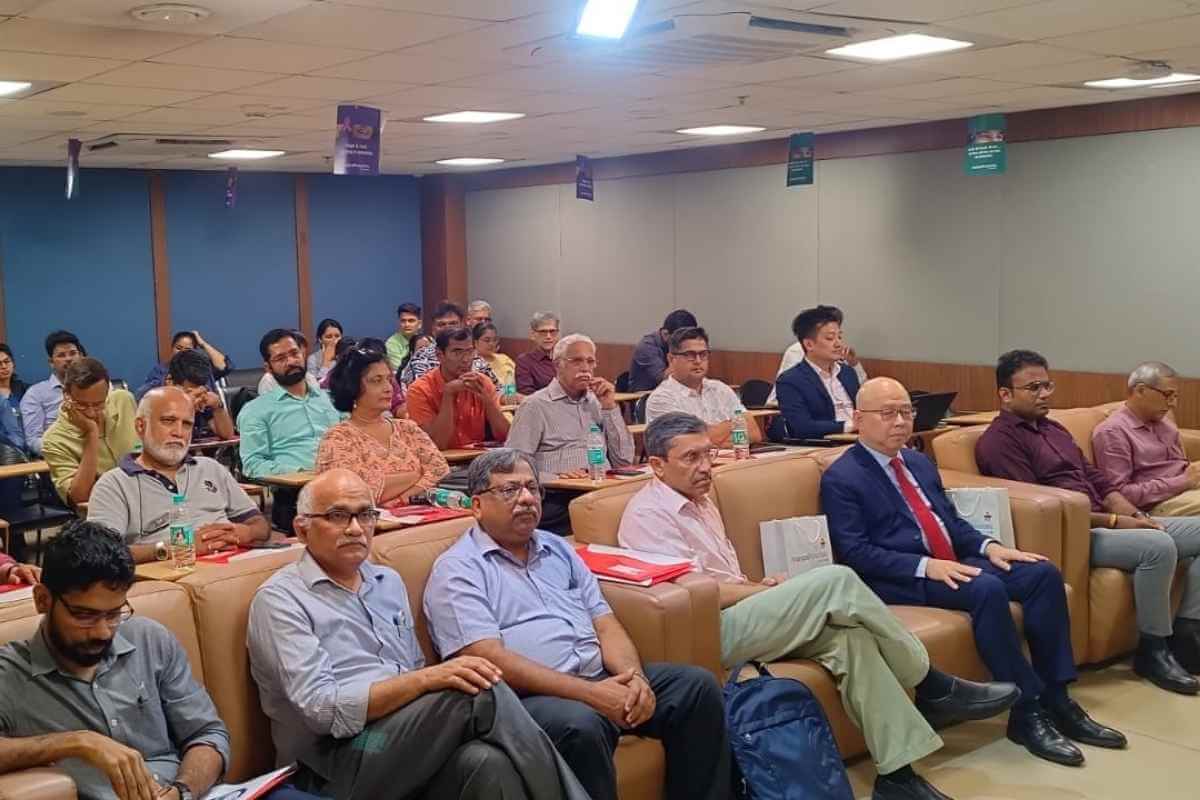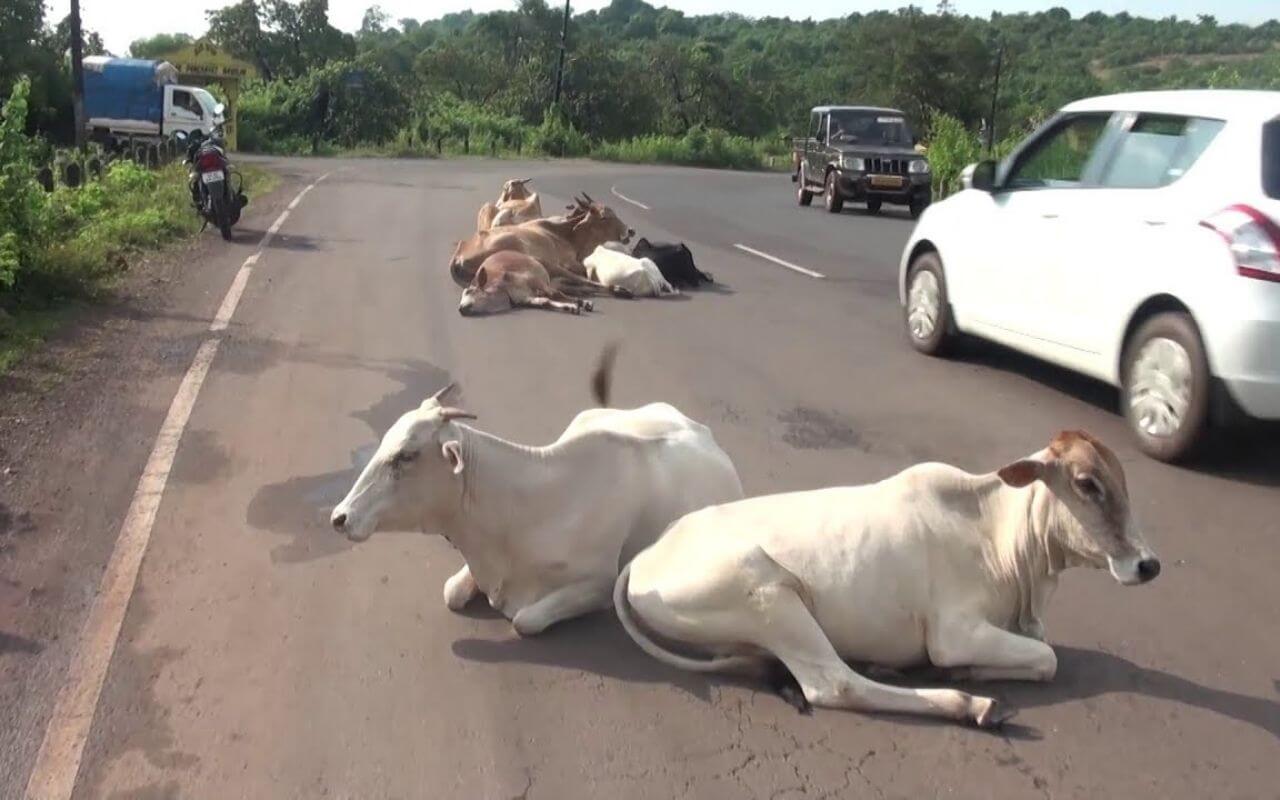While tourists flock to coastal resorts and bustling towns, the rural heart of Goa beats to its rhythm. Here, away from the tourist hotspots, a set of unwritten rules quietly governs daily life. These subtle customs and traditions are followed instinctively by locals but may seem mysterious to outsiders, and are essential to understand for anyone who wishes to blend in seamlessly.
In this article, we explore the unsung codes of village life—the rules that shape the fabric of rural communities and often go unnoticed by outsiders. Whether it’s the appropriate way to greet elders, respecting sacred spaces, or understanding the peculiarities of local etiquette, these traditions reflect the deep connection Goans share with their land, culture, and community.
Greeting Elders: The Subtle Art of Respect
In Goan villages, respect for elders isn’t just a cultural value—it’s a way of life. If you find yourself walking through a village and cross paths with an elderly person, there’s an unspoken rule that guides how you should behave. Unlike in urban areas, where a simple “hello” may suffice, in villages, greetings are often accompanied by gestures of deference.
It’s common for the younger person to make way for the elder and bow their head slightly. In some regions, you may hear a soft “Dev borem korum” (which means “God bless you” in Konkani) or see a respectful nod. This deep-rooted gesture of respect reflects Goa’s emphasis on family ties and community bonds.
The Sacredness of Certain Spaces: Walking at Night
In some villages, certain paths or roads are best avoided after sundown. These areas are often linked to folklore, historical beliefs, or simply traditional codes passed down through generations. For example, temple grounds or sacred groves are considered off-limits at night, believed to be inhabited by spirits or deities.
Locals avoid these areas after dark—not only out of superstition but also out of reverence for their cultural heritage. Outsiders might not realize that walking through these places at night can be seen as intrusive or disrespectful. One notable example is the sacred groves found throughout Goan villages. These spaces are protected by local communities as they are believed to house ancestral spirits. Passing through them at night is considered improper, as it disrupts their sanctity and peace.
Parking Your Scooter: A Matter of Etiquette
While Goa is famous for its vibrant tourism scene, scooters remain the preferred mode of transport for locals. However, village etiquette around parking may surprise outsiders.
In rural areas, informal parking customs exist near churches, markets, and homes. Villagers often use trees, walls, or poles as makeshift markers to indicate acceptable parking spots. Parking too close to homes or on private property is seen as impolite, as it may block daily routines or family movements.
When in doubt, ask a local. Most will gladly direct you to a suitable spot. Following this simple courtesy shows respect for the community’s order and unspoken norms.
The Silent Rule of Not Disturbing Afternoon Siestas
The afternoon siesta, especially in the hot summer months, is a cherished daily ritual in Goan villages. Between 1 PM and 3 PM, many locals retreat into their homes for rest. During this time, engaging in loud activity or visiting unannounced is considered impolite.
Village streets often fall quiet as residents nap or relax in the shade. Visitors unaware of this tradition may unknowingly disturb the peace by knocking on doors or speaking loudly. If you must call on someone, a gentle knock and soft greeting are advised. This practice reflects the value placed on rest and balance in a tropical climate.
The Unspoken Dress Code: Modesty is Key
When visiting Goan villages, especially during religious events or at temples, understanding the local dress code is essential. While beachwear is acceptable on the coast, modesty is expected inland.
For women, long skirts or dresses that cover the shoulders are preferred. Men are encouraged to wear shirts with sleeves and long trousers when entering sacred spaces. Additionally, removing footwear before entering homes or temples is a sign of respect, rooted in reverence for sacred ground.
These customs ensure that visitors honor the spiritual and cultural values of the community.
How to Handle the Native Dogs: A Quiet Understanding
In Goan villages, dogs are integral to the community, often roaming freely as guardians of homes and properties. They aren’t pets in the typical Western sense but are highly respected for their protective role.
These dogs should not be approached or disturbed without the owner’s permission. While they may seem friendly, they can be wary of outsiders. Engaging with them too casually is considered disrespectful and can disrupt the natural harmony of village life.
Conclusion: Why These Rules Matter
The unwritten rules of Goan villages reflect more than just practical concerns—they are deeply woven into the cultural identity of the region. These customs preserve the integrity of community life, fostering harmony between the land, the people, and the spiritual traditions that guide them.
For outsiders, understanding these rules is more than a matter of etiquette—it’s an opportunity to connect with Goa on a deeper level. By respecting these quiet traditions, visitors can experience village life not just as spectators, but as welcomed guests.
As Goa continues to evolve with modernization and tourism, these age-old practices serve as a gentle reminder of the values that keep its villages grounded, offering peace, simplicity, and a rhythm that resists the rush of the modern world.

























